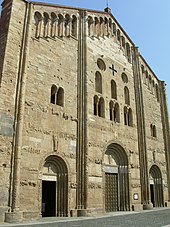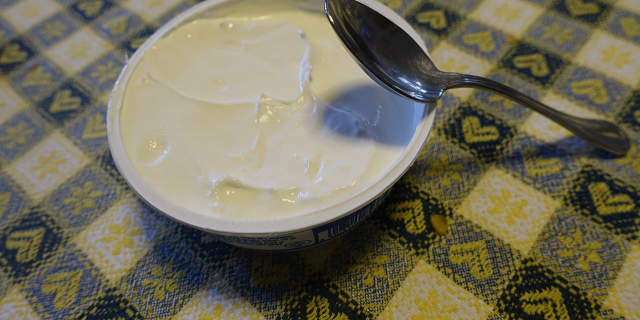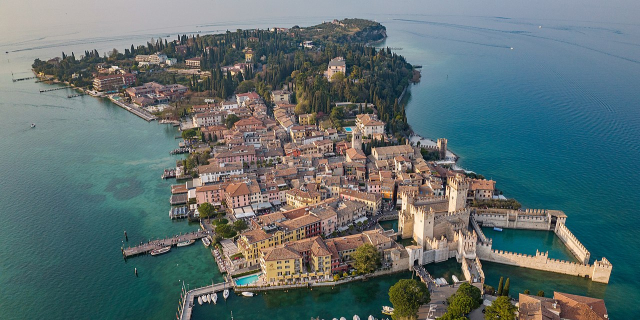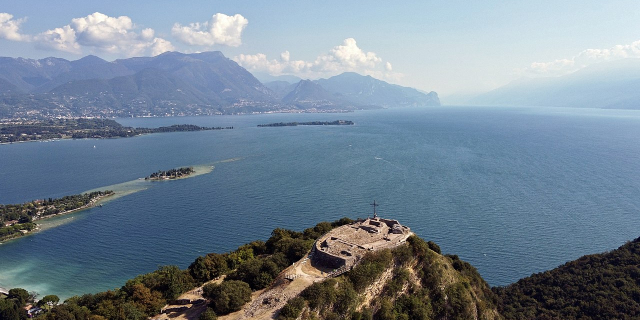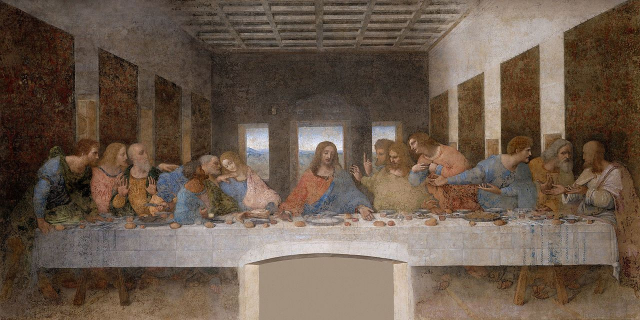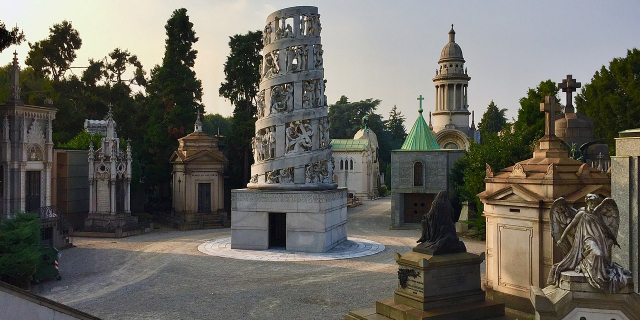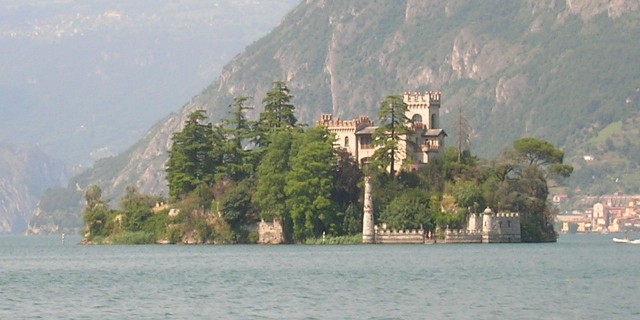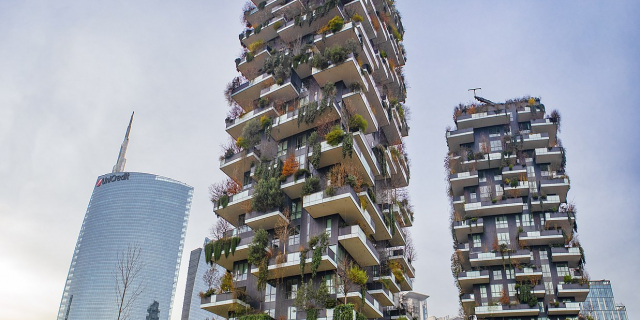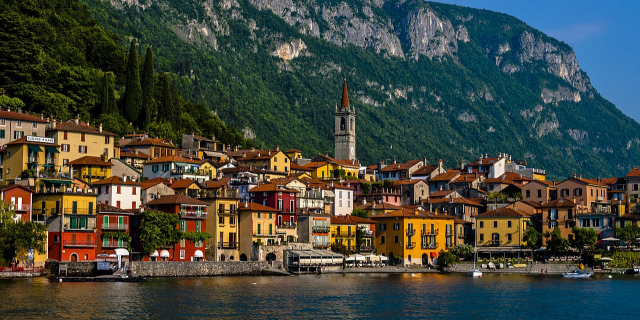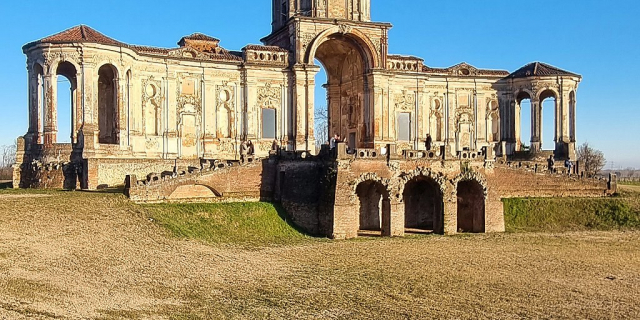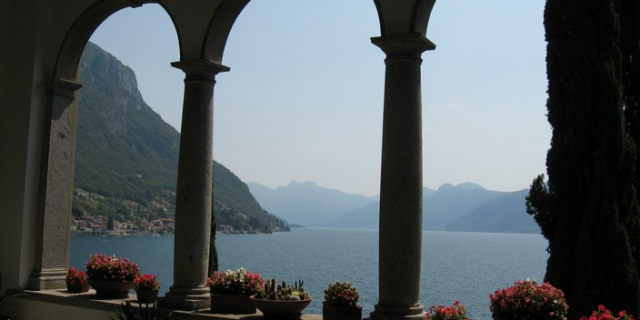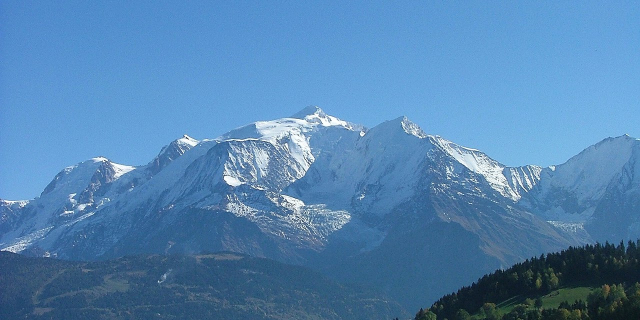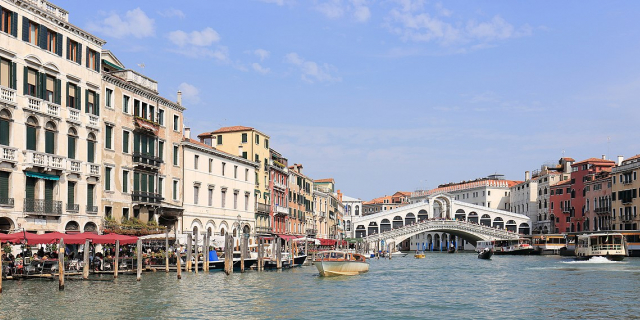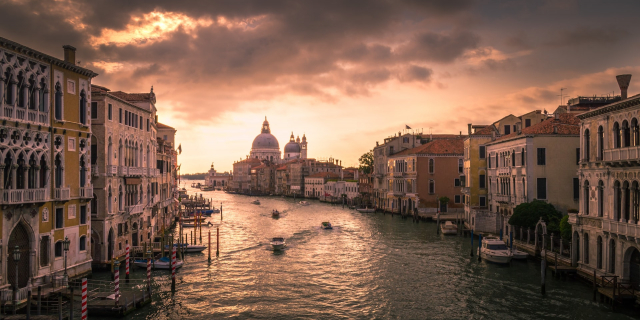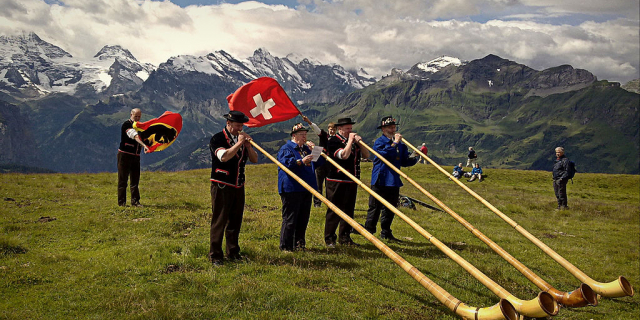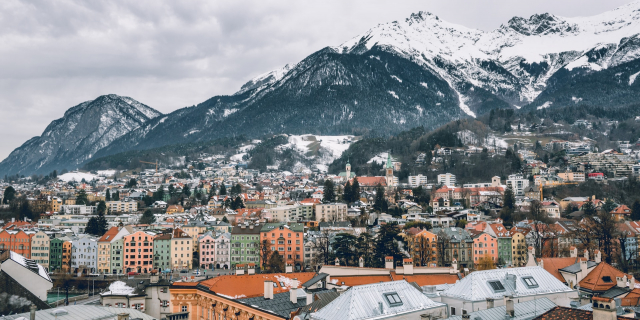Lombardy
Context of Lombardy
Lombardy (Italian: Lombardia; Lombard: Lombardia) is an administrative region of Italy that covers 23,844 km2 (9,206 sq mi); it is located in the northern-central part of the country and has a population of about 10 million people, constituting more than one-sixth of Italy's population. Over a fifth of the Italian gross domestic product (GDP) is produced in the region.
The Lombardy region is located between the Alps mountain range and tributaries of the Po river, and includes Milan, the largest metropolitan area in the country, and among the largest in the European Union (EU). Of the fifty-eight UNESCO World Heritage Sites in Italy, eleven are in Lombardy. Virgil, Pliny the Elder, Ambrose, Gerolamo Cardano, Caravaggio, Claudio Monteverdi, Antonio Stradivari, Cesare Beccaria, Alessandro Volta and Alessandro Manzoni; and popes John XXIII and Paul VI originated in the area of modern-day Lombardy r...Read more
Lombardy (Italian: Lombardia; Lombard: Lombardia) is an administrative region of Italy that covers 23,844 km2 (9,206 sq mi); it is located in the northern-central part of the country and has a population of about 10 million people, constituting more than one-sixth of Italy's population. Over a fifth of the Italian gross domestic product (GDP) is produced in the region.
The Lombardy region is located between the Alps mountain range and tributaries of the Po river, and includes Milan, the largest metropolitan area in the country, and among the largest in the European Union (EU). Of the fifty-eight UNESCO World Heritage Sites in Italy, eleven are in Lombardy. Virgil, Pliny the Elder, Ambrose, Gerolamo Cardano, Caravaggio, Claudio Monteverdi, Antonio Stradivari, Cesare Beccaria, Alessandro Volta and Alessandro Manzoni; and popes John XXIII and Paul VI originated in the area of modern-day Lombardy region.
More about Lombardy
- Population 10067494
- Area 23863
- Prehistory and antiquity
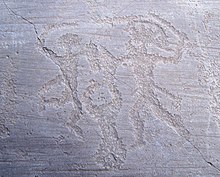 The Rock Drawings in Valcamonica are among the largest collections of prehistoric petroglyphs in the world.[1]
The Rock Drawings in Valcamonica are among the largest collections of prehistoric petroglyphs in the world.[1]It is thought from archaeological findings of ceramics, arrows, axes, and carved stones, the area of current-day Lombardy has been settled at least since the second millennium BC. Well-preserved rock drawings left by ancient Camuni in the Valcamonica depicting animals, people, and symbols were made over 8,000 years before the Iron Age,[2] based on about 300,000 records.[3]
...Read morePrehistory and antiquityRead less The Rock Drawings in Valcamonica are among the largest collections of prehistoric petroglyphs in the world.[1]
The Rock Drawings in Valcamonica are among the largest collections of prehistoric petroglyphs in the world.[1]It is thought from archaeological findings of ceramics, arrows, axes, and carved stones, the area of current-day Lombardy has been settled at least since the second millennium BC. Well-preserved rock drawings left by ancient Camuni in the Valcamonica depicting animals, people, and symbols were made over 8,000 years before the Iron Age,[2] based on about 300,000 records.[3]
The many artifacts found in a necropolis near Lake Maggiore and the River Ticino demonstrate the presence of the Golasecca Bronze Age culture that prospered in the western Lombardy between the ninth and the fourth centuries BC. In the following centuries, Lombardy was inhabited by different peoples; the Etruscans founded the city of Mantua and spread the use of writing. It was seat of the Celtic Canegrate culture starting from the 13th century BC, and later of the Celtic Golasecca culture. From the fifth century BC, the area was invaded by more Celtic Gallic tribes coming from north of the Alps. These people settled in several cities including Milan and extended their rule to the Adriatic Sea. Celtic development was halted by the Roman expansion in the Po Valley from the third century BC. After centuries of struggle, in 194 BC, the entirety of modern-day Lombardy became a Roman province called Gallia Cisalpina—"Gaul on the inner side (with respect to Rome) of the Alps".
The Roman culture and language overwhelmed the former civilisation in the following years, and Lombardy became one of the most-developed and richest areas of Italy with the construction of roads, and the development of agriculture and trade. Important figures were born here, such as Pliny the Elder (in Como) and Virgil (in Mantua). In late antiquity the strategic role of Lombardy was emphasised by the temporary move of the capital of the Western Empire to Mediolanum (Milan). Here, in 313 AD, Roman Emperor Constantine issued the famous Edict of Milan that gave freedom of confession to all religions within the Roman Empire.
Kingdom of the LombardsFor centuries, the Iron Crown of Lombardy was used in the Coronation of the King of Italy.
During and after the fall of the Western Empire, Lombardy heavily suffered from destruction brought about by a series of invasions by tribal peoples. After 540, Pavia become the permanent capital of the Ostrogothic Kingdom, the fixed site of the court and the royal treasury.[4] The last and most effective invasion was that of the Germanic Lombards or Longobards, whose nation migrated to the region from the Carpathian basin in fear of the conquering Pannonian Avars in 568. The Lombards' long-lasting reign, with its capital in Pavia, gave the current name to the region. There was a close relationship between the Frankish, Bavarian and Lombard nobility for many centuries.
After the initial struggles, relationships between the Lombard people and the Gallo-Roman peoples[5] improved. The Lombard language and culture was integrated with the Latin culture, leaving evidence in many names, the legal code and laws. The Lombards became intermixed with the Roman population owing to their relatively smaller number.[6] The end of Lombard rule came in 774, when the Frankish king Charlemagne conquered Pavia, deposed Desiderius the last Lombard king, and annexed the Kingdom of Italy—mostly northern and central present-day Italy—to his newly established Holy Roman Empire. Charlemagne was crowned by the Pope on 25 December 800. The former Lombard dukes and nobles were replaced by other German vassals, prince-bishops and marquises. The entire northern part of the Italian peninsula continued to be called "Lombardy" and its population "Lombards" throughout the following centuries.
Communes and the EmpireSan Michele Maggiore, Pavia, where almost all the kings of Italy were crowned up to Frederick Barbarossa.
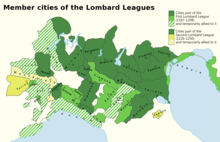 Member cities of the first and second Lombard League
Member cities of the first and second Lombard LeagueIn the tenth century, Lombardy, although formally under the rule of the Holy Roman Empire, was included in the kingdom of Italy, of which Pavia remained the capital until 1024. Starting gradually in the late-11th century, Lombardy became divided into many small, autonomous city-states, the medieval communes. Also in the 11th century, the region's economy underwent a significant boom due to improved trading, sartorial manufacturing of silk and wool, and agricultural conditions; arms manufacturing for the purpose of defensive army development, by the German imperial divisions of Guelphs (Welfen) defending Pope and Ghibellins (Wibellingen) defending Emperor, became a significant factor. As in other areas of Italy, this led to a growing self-acknowledgement of the cities, whose increasing wealth made them able to defy the traditional feudal supreme power that was represented by the German emperors and their local legates. This process peaked in the 12th and 13th centuries, when Lombard Leagues formed by allied cities of Lombardy, usually led by Milan, defeated the Hohenstaufen Emperor Frederick I, at Legnano but not his grandson Frederick II at Battle of Cortenuova. Subsequently, among the local city-states, a process of consolidation took place, and by the end of the 14th century, two signoria emerged as rival hegemons in Lombardy; Milan and Mantua.
Renaissance duchies of Milan and Mantua Mantua as it appeared in 1575.
Mantua as it appeared in 1575.In the 15th century, the Duchy of Milan was a major political, economical and military force in Europe. Milan and Mantua became centres of the Renaissance, whose culture with people such as Leonardo da Vinci and Andrea Mantegna, and works of art such as da Vinci's The Last Supper were highly regarded. The enterprising class of the communes extended its trade and banking activities well into northern Europe; the metanym "Lombard" designated a merchant or banker from northern Italy, for example Lombard Street, London. The name "Lombardy" came to denote the whole of northern Italy until the 15th century and sometimes later. From the 14th century onward, the instability created by the internal and external struggles ended in the creation of noble seigniories, the most-significant of whom were the Viscontis (later Sforzas) in Milan and of the Gonzagas in Mantua. This wealth, however, attracted the now-more-organised armies of national powers such as France and Austria, which waged a lengthy battle for Lombardy in the late-15th to early 16th centuries.
Late-Middle Ages, Renaissance and Enlightenment The Consulta of the République cisalpine receives the First Consul on 26 January 1802
The Consulta of the République cisalpine receives the First Consul on 26 January 1802After the Battle of Pavia, the Duchy of Milan became a possession of the Habsburgs of Spain; the new rulers did little to improve the economy of Lombardy, instead imposing a growing series of taxes to support their lengthy series of European wars. The eastern part of modern-day Lombardy, including the cities Bergamo and Brescia, was controlled by the Republic of Venice, which had begun to extend its influence in the area from the 14th century onwards. Between the mid-15th century and the battle of Marignano in 1515, the northern part of east Lombardy from Airolo to Chiasso (modern Ticino), and the Valtellina valley came under possession of the Old Swiss Confederacy.
Pestilences like that of 1628–1630,[7] which Alessandro Manzoni described in his I Promessi Sposi, and the general decline of Italy's economy in the 17th and 18th centuries halted further development of Lombardy. In 1706 the Austrian Empire came to power, and introduced some economic and social measures that allowed a degree of recovery to occur.
Austrian rule was interrupted in the late-18th century by the French; under Napoleon, Lombardy became the centre of the Cisalpine Republic and of the Kingdom of Italy, both of which were puppet states of France's First Empire, with Milan as capital and Napoleon as head of state. During this period, Lombardy regained Valtellina from Switzerland.
Modern eraThis section does not cite any sources. (October 2022) The Five Days of Milan, 1848
The Five Days of Milan, 1848The restoration of Austrian rule in 1815 as the Kingdom of Lombardy–Venetia was characterised by a struggle with the new ideals introduced by the Napoleonic era. The popular but short-lived republic established by the 1848 revolution was suppressed, leading to renewed Austrian rule, which ended when Lombardy was annexed to the Kingdom of Italy in 1859 as a result of the Second Italian War of Independence except Province of Mantua remained in Austrian hands as part of Veneto till 1866. After the annexation, Lombardy achieved its present-day territorial shape by adding the Oltrepò Pavese, formerly the southern part of the Province of Novara, to the Province of Pavia.
COVID-19 pandemicIn early 2020, Lombardy was severely affected by the COVID-19 pandemic, in which Italy was one of the worst-affected countries in Europe. Several towns were quarantined from 22 February after community transmission was documented in Lombardy and Veneto the previous day. The entirety of Lombardy was placed under lockdown on 8 March,[8] followed by all of Italy the following day,[9] making Italy the first country to implement a nationwide lockdown in response to the epidemic, which the World Health Organization (WHO) declared a pandemic on 11 March. The lockdown was extended twice, and the region toughened restrictions on 22 March, banning outdoor exercise and the use of vending machines,[10] but from the beginning of May, following a reported decrease in the number of active cases, restrictions were gradually relaxed.[11]
^ "Rock Drawings in Valcamonica – UNESCO World Heritage Centre". UNESCO. Retrieved 29 June 2010. ^ Piero Adorno, Mesolitico e Neolitico, p. 16. ^ "Introduzione all'arte rupestre della Valcamonica". Archeocamuni.it (in Italian). Retrieved 11 May 2009. ^ "Pavia Royal town". Monasteri Imperiali Pavia. Retrieved 29 July 2022. ^ Pellegrini: "L'Italia settentrionale nei secoli del tardo impero ed in quelli successivi sino al 1000 (forse anche dopo) risulta strettamente collegata con la Gallia sul piano politico e linguistico; si può parlare senza tema di errore di un'ampia 'Galloromania' che include non soltanto la Rezia ma anche la Cisalpina con buona parte del Veneto." [Northern Italy in the centuries of the Late Empire and in the following ones up to 1000 (maybe even later) is closely connected with Gaul on a political and linguistic level; one can speak without fear of error of a broad 'Galloromania' which includes not only Rhaetia but also the Cisalpine with a good part of Veneto.] ^ Maciamo Hay (July 2013). "Genetic History of the Italians". Eupedia. Retrieved 22 January 2019. ^ "Storia di Milano ::: Gian Giacomo Mora". Storiadimilano.it. ^ "Italy announces quarantine affecting quarter of population". CNBC. 8 March 2020. ^ Ziady, Hanna (10 March 2020). "Italy just locked down the world's 8th biggest economy. A deep recession looms". CNN. ^ "Italy's worst-hit region introduces stricter measures". BBC News. 22 March 2020. ^ "Anger as Italy slowly emerges from long Covid-19 lockdown | Italy | The Guardian". amp.theguardian.com.


